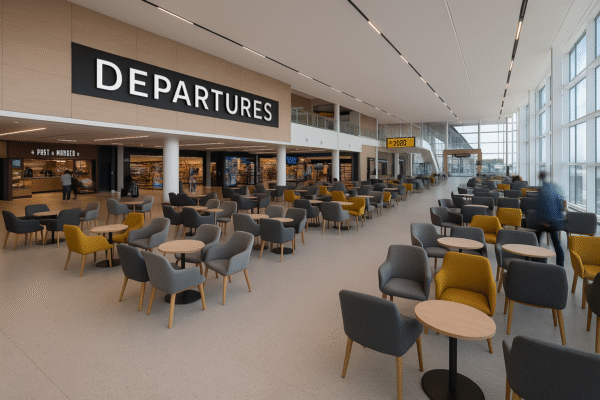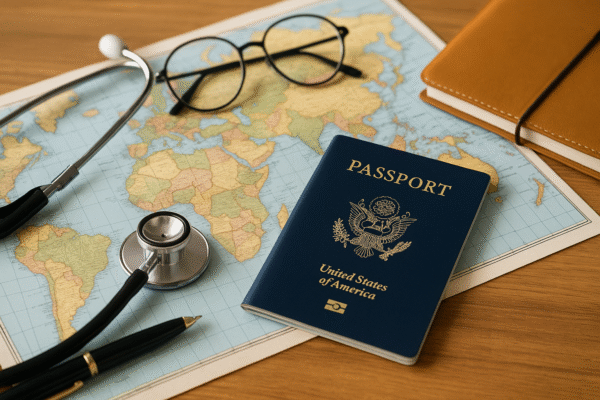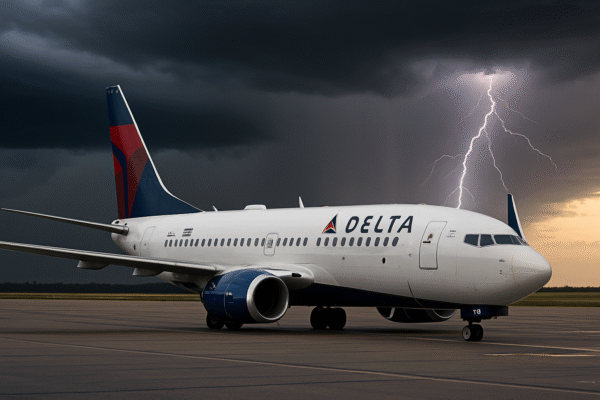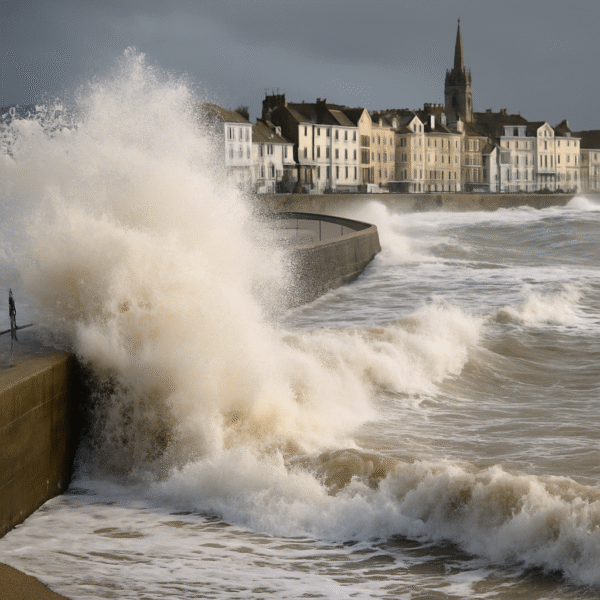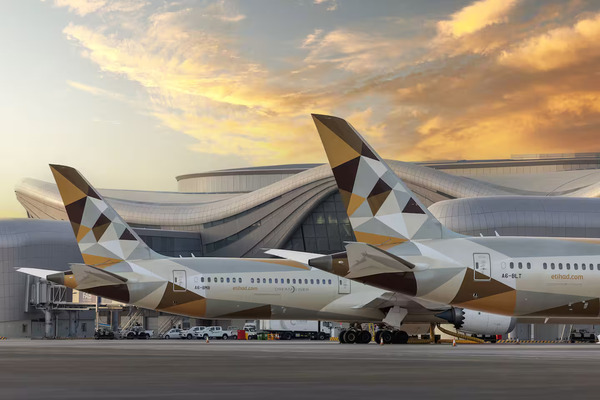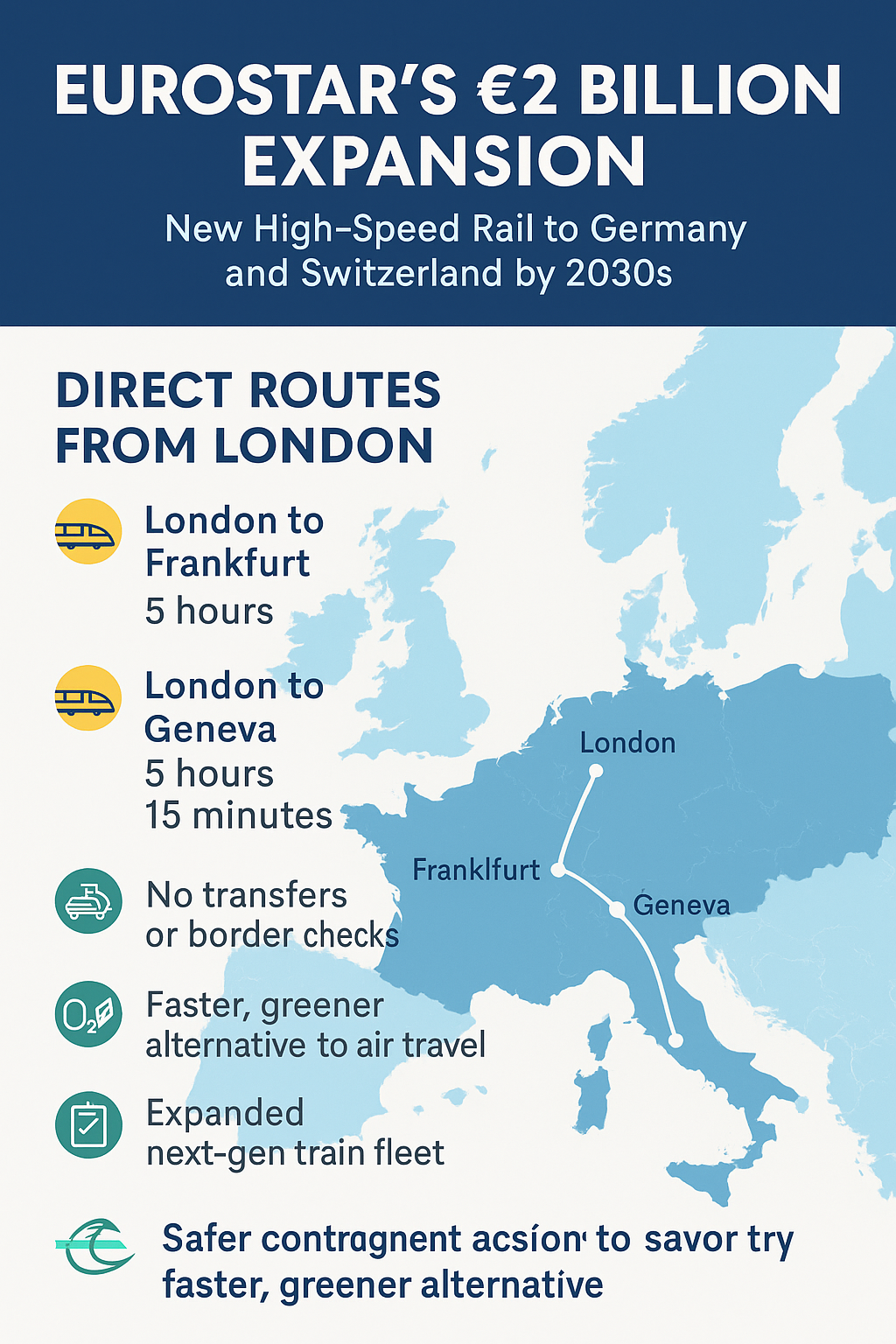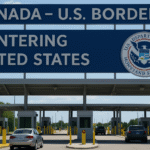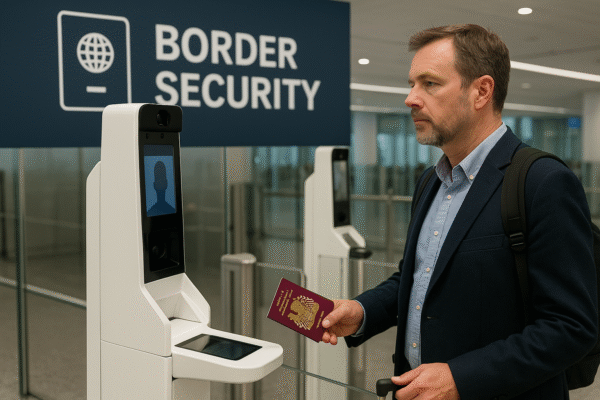London – June 2025 — Europe’s rail revolution has officially left the station. Eurostar, the continent’s leading high-speed train operator, has announced a landmark €2 billion investment plan to launch direct high-speed rail services from London to Germany and Switzerland. Set to debut in the early 2030s, this game-changing development will link London to Frankfurt in five hours and Geneva in just over five hours, eliminating the need for air travel on these routes for many passengers.
As environmental consciousness rises globally and travelers demand faster, greener alternatives, Eurostar is positioning itself as a leader in sustainable cross-border transportation. This massive expansion not only enhances convenience and connectivity, but it also marks a significant milestone in Europe’s journey toward climate-smart travel infrastructure.
High-Speed Rail to Redefine European Mobility
Eurostar’s new routes from London to Frankfurt and Geneva are designed to offer a seamless, border-crossing experience with no transfers, minimal border disruption, and direct city-center access—a major advantage over air travel. By investing in 50 next-generation trains, the operator is aiming to capture a growing segment of travelers who prioritize comfort, sustainability, and efficiency.
This strategic leap is about more than new destinations—it’s about changing how people experience Europe. By making rail travel faster and easier than ever before, Eurostar is staking its claim as a serious challenger to airlines on key business and leisure routes.
A Strategic Bet on Rail over Air
Airlines operating short-haul routes in Europe—especially those serving London, Frankfurt, Geneva, and Brussels—are facing growing pressure from regulators, climate advocates, and consumers alike. Eurostar’s expansion will hit them where it hurts: high-frequency, short-haul travel that often struggles with delays, emissions, and tight margins.
As fuel costs and carbon emissions draw increased scrutiny, rail travel is emerging as the preferred choice for conscious consumers. Eurostar’s zero-emission trains and carbon-offset programs offer a compelling narrative for the eco-savvy traveler, particularly those in finance, diplomacy, and luxury tourism—key demographics for both Frankfurt and Geneva.
Eurostar’s Record Year Fuels Ambition
The momentum is real. In 2024, Eurostar transported 19.5 million passengers—its highest-ever total. Despite economic challenges across Europe, this figure reflects a 5% year-over-year growth and a renewed commitment among travelers to choose rail when convenient options are available.
The company will increase frequency on its busiest corridor, London to Paris, while laying the tracks—literally and figuratively—for a wider network connecting Amsterdam, Brussels, Geneva, and Frankfurt via ultra-modern trains and optimized schedules.
A Closer Look at the €2 Billion Investment
The cornerstone of Eurostar’s strategy is its fleet modernization. The €2 billion capital infusion will fund 50 new trains, designed for higher speeds, better energy efficiency, and state-of-the-art passenger experience. Early prototypes suggest improvements in Wi-Fi connectivity, reclining ergonomic seating, enhanced accessibility, and possibly smart cabinstailored for work, rest, or leisure.
The new fleet will begin operations in phases throughout the 2030s, initially focusing on the new Frankfurt and Geneva routes before expanding to other potential corridors.
Europe’s Rail Network Is Ready to Scale
To support this expansion, Eurostar is collaborating with national rail operators and infrastructure agencies across Germany, Switzerland, France, Belgium, and the UK. These partnerships aim to optimize rail corridors, minimize bureaucratic hurdles, and ensure fast-track customs and border integration, particularly in the post-Brexit landscape.
Furthermore, discussions are underway to integrate Eurostar’s ticketing system with other European rail networks, providing a unified booking platform and smoother traveler experience—an innovation long overdue in international train travel.
London St Pancras and Channel Tunnel Evolution
The development also aligns with broader shifts at London St Pancras International, the central hub for Eurostar operations. The terminal is preparing to accommodate additional rail operators by 2026, as Getlink (owner of the Channel Tunnel) and terminal authorities move to liberalize access and diversify cross-Channel service providers.
Eurostar’s early expansion into new markets could help it solidify market share before new competitors enter the space, locking in loyalty through superior service and exclusive routes.
Industry Impact: From Airlines to Hotels
This transformation will reverberate across the travel industry:
- Airlines may reduce capacity or exit unprofitable short-haul routes.
- Hotels in secondary cities like Geneva and Frankfurt may see a boost in weekend tourism.
- Business travel could pivot away from air-based routes in favor of same-day rail.
- Tourism boards in Switzerland and Germany are expected to capitalize on this expansion by promoting eco-conscious rail travel in alignment with EU carbon neutrality goals.
Infrastructure and Policy Challenges
Despite the enthusiasm, questions remain:
- Will border processing keep pace with rail speed improvements?
- Can regional infrastructure support expanded rail frequencies?
- Will ticket prices remain competitive with low-cost airlines?
Eurostar acknowledges these hurdles and has committed to working with EU and UK authorities to ensure the rollout meets both logistical and policy expectations.
A New Golden Age of Rail?
From city-center convenience and zero-emission transit to tech-enhanced comfort, Eurostar’s expansion heralds a renaissance in European rail travel. As environmental imperatives reshape mobility and consumers look for hassle-free alternatives to flying, the continent may soon see a shift reminiscent of rail’s golden age—only smarter, faster, and greener.
Whether you’re a business executive catching a train from London to Frankfurt or a leisure traveler exploring Geneva by rail, one thing is clear: the future of European travel is rolling full speed ahead—and it runs on tracks.
For more travel news like this, keep reading Global Travel Wire


